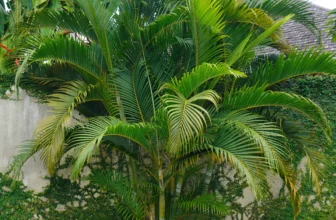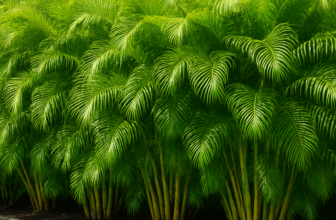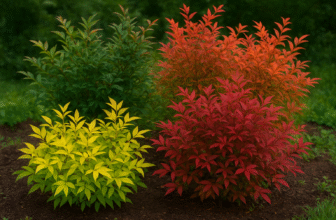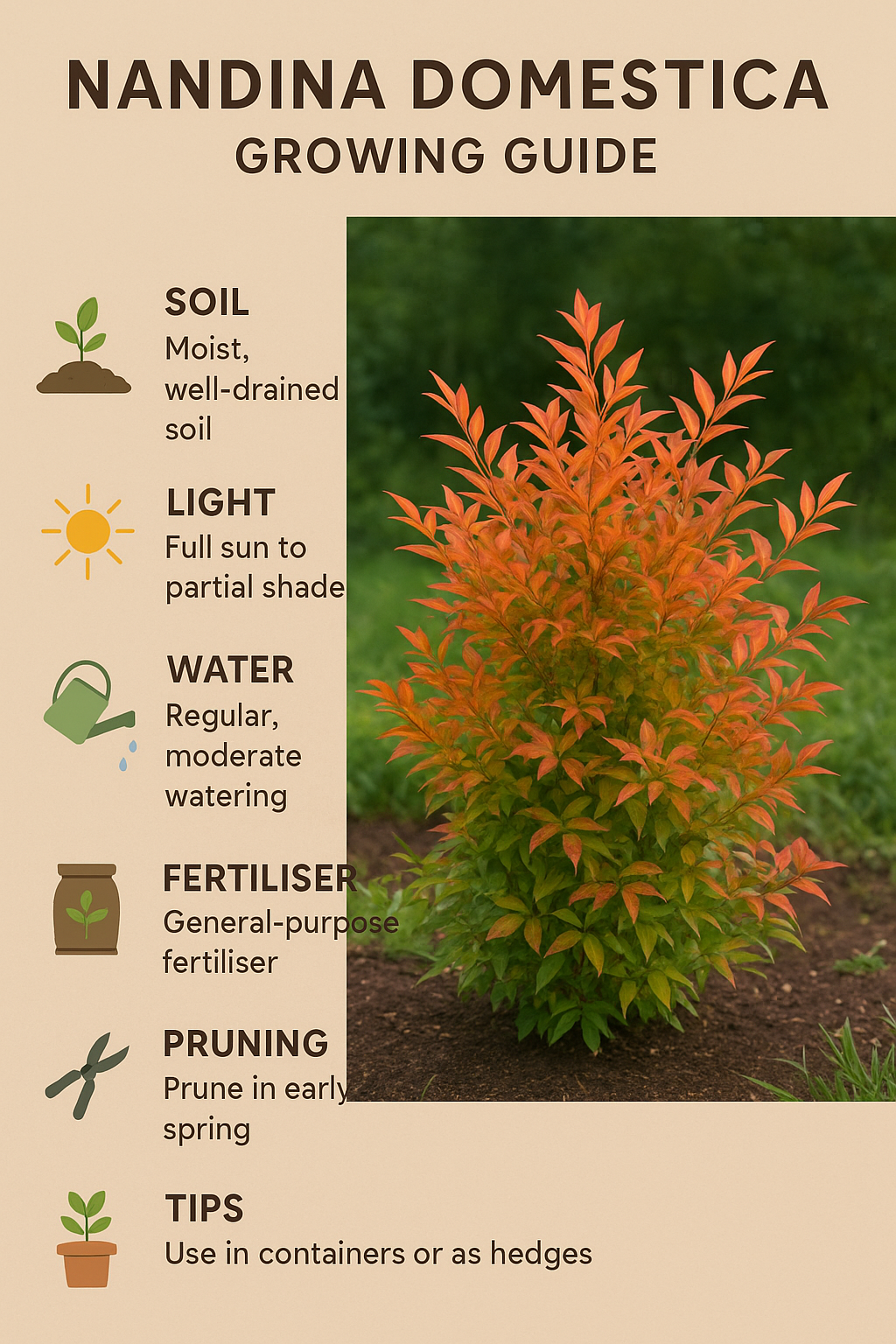Warning!
The citronella plants is toxic to humans and pets.
This blog post is your ultimate guide to unlocking the endless possibilities offered by Gardengreen’s experts.
Nature’s Mosquito Repellent
Citronella plants is known for its aromatic leaves and natural insect-repelling properties. Join us as we uncover this versatile plant’s fascinating characteristics and uses plus, how we can bring artificial citronella in vase.

Meet the Citronella Plant
The citronella plant, scientifically known as Cymbopogon nardus or Cymbopogon winterianus. This is a perennial grass native to tropical regions of Asia. Various products use that sacent like candles, oils, and sprays to deter mosquitoes and other insects.
Characteristics and Growth
These plants typically grow up to 5 or 6 feet tall in warm climates and can spread up to 2 feet wide. Cinronella have long, slender green leaves with a hint of blue, emitting a strong, lemony fragrance when crushed or rubbed. These plants thrive in well-drained soil and require ample sunlight to flourish.
Natural Insect Repellent
One of the most significant benefits of the citronella plant is its natural ability to repel mosquitoes. Therefore essential oils found in its leaves, particularly citronellal and geraniol, are effective in keeping mosquitoes at bay. Many people plant citronella around outdoor seating areas or crush its leaves to release the scent, creating a natural barrier against annoying insects.
Cultivation and Care
Growing citronella plants is relatively easy, provided they are planted in a sunny location with well-draining soil. They can be propagated from cuttings or divided clumps in early spring. Regular watering and occasional fertilization will help maintain healthy growth. Required Fertalization ensure a steady supply of mosquito-repelling leaves throughout the warm months.
Practical Uses
Beyond its insect-repelling properties, citronella finds its way into various products and applications. Essential oils are extracted from the leaves. Citronella candles are popular for outdoor gatherings as it control mosquito without the need for harsh chemicals.`

Diversity of Citronella Plants
Variety and Types
The citronella plant comes in several varieties, each offering unique characteristics suited to different climates and preferences. The two main types are:
- Cymbopogon nardus: This variety has a strong lemon fragrance and is the primary source of citronella oil used in insect repellents.
- Cymbopogon winterianus: This term refers to Java citronella; Java citronellal content is known to be particularly effective against mosquitoes.
Colors and Appearance
Citronella plants typically have long, slender green leaves with slightly bluish tint.
- Citronella plants typically have long, slender green leaves with a slightly bluish tint.
- The leaves emit a refreshing lemon scent when crushed. It adds to their appeal in gardens and landscapes.
- The plant is predominantly green; its aromatic foliage and graceful growth habit make it a popular choice for functional and ornamental purposes.

Growing Conditions
Outdoor Cultivation:
Citronella plants thrive in warm, sunny climates with well-drained soil. They prefer temperatures above 50°F (10°C) and benefit from regular watering, especially during hot, dry periods. In regions with colder winters, citronella plants can be grown in containers and brought indoors during the colder months.
Indoor Cultivation:
Citronella plants are grown indoors. These plants need ample amounts of sunlight; therefore, place them near a south-facing window so it can get at least 6-8 hours of sunlight daily. Furthermore, use a well-draining potting mix and water the plant when the top inch of soil feels dry.

Types of Artificial Citronella
Artificial citronella products come in various forms to suit different decorative purposes:
- Citronella Candles: These candles are infused with citronella oil or fragrance to mimic the scent and mosquito-repelling properties of real citronella plants. They come in different sizes and designs, making them versatile for both indoor and outdoor use.
- Artificial Plants: Synthetic citronella plants look remarkably realistic and require no watering or sunlight. They can be placed in decorative pots or baskets to add greenery and a fresh scent to any space.
- Sprays and Oils: Artificial citronella sprays and oils can be used to enhance the ambience of a room or outdoor area, providing a pleasant, lemony fragrance without the need for live plants.
Artificial Citronella in Home Décor
Natural citronella plants offer beauty and practicality; artificial alternatives can provide similar benefits without the need for maintenance. Join us as we explore creative ways to incorporate artificial citronella into your surroundings.
Indoor Settings:
- Table Centerpieces: Place artificial citronella candles or plants in the centre of dining tables or coffee tables to add a natural touch and subtle mosquito repellent.
- Shelves and Mantels: Decorate shelves and mantels with artificial citronella plants in decorative pots or baskets to brighten up living spaces.
Outdoor Settings:
- Patio and Garden Decor: Arrange artificial citronella plants or candles on patio tables or around seating areas to create a relaxing atmosphere while deterring mosquitoes.
- Special Events: Use artificial citronella candles and sprays during outdoor parties, weddings, or gatherings to enhance the ambience and keep insects at bay.
Tips for Decorative Use
- Placement: Position artificial citronella items strategically where they can be both seen and smelled, such as near entryways or seating areas.
- Maintenance: Unlike real plants, artificial citronella requires minimal maintenance—wipe down occasionally to keep them looking fresh.
- Combination with Real Plants: Consider combining artificial citronella with other live plants to create a lush, green environment with added insect-repelling benefits.
Conclusion
The Citronella Plant offers a variety of types and colors within its species, with green foliage and a lemony fragrance being its hallmarks. Artificial citronella offers a convenient and aesthetically pleasing way to enhance home and event decor while providing the benefits of a natural insect repellent. Embrace the versatility of artificial citronella to create inviting environments and enjoyable gatherings throughout the year.
Frequently Asked Questions
Do citronella plants really keep mosquitoes away?
The oil from a citronella plant does have mosquito-repelling properties. But the plant itself doesn’t do much to keep bugs away.
Where does citronella grow best?
Like most scented geraniums, citronella plants prefer well-drained soil and will tolerate dry soil. Avoid wet or boggy growing areas because citronella plants may rot in soggy soil.
Why is my citronella plant dying?
Overwatering the Citronella plant can lead to the dreaded root rot. This cools the plant’s climate and typically manifests as yellowed, wilting leaves. Ensure only the top inch of soil in the pot is kept moist, and the plant is kept in afternoon shade or partial shade.





